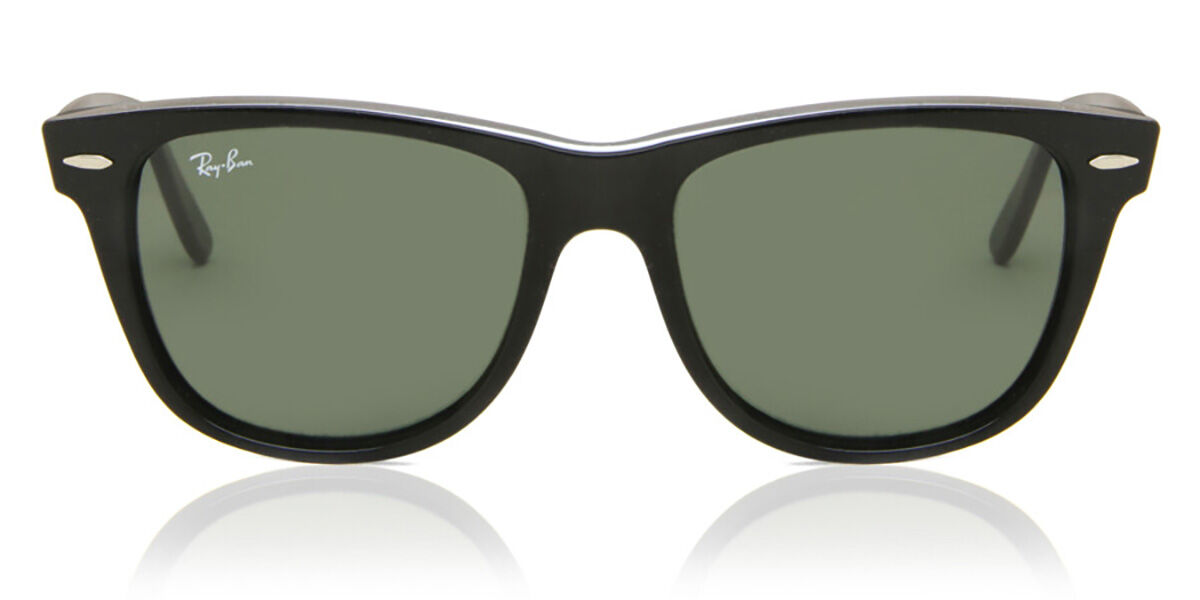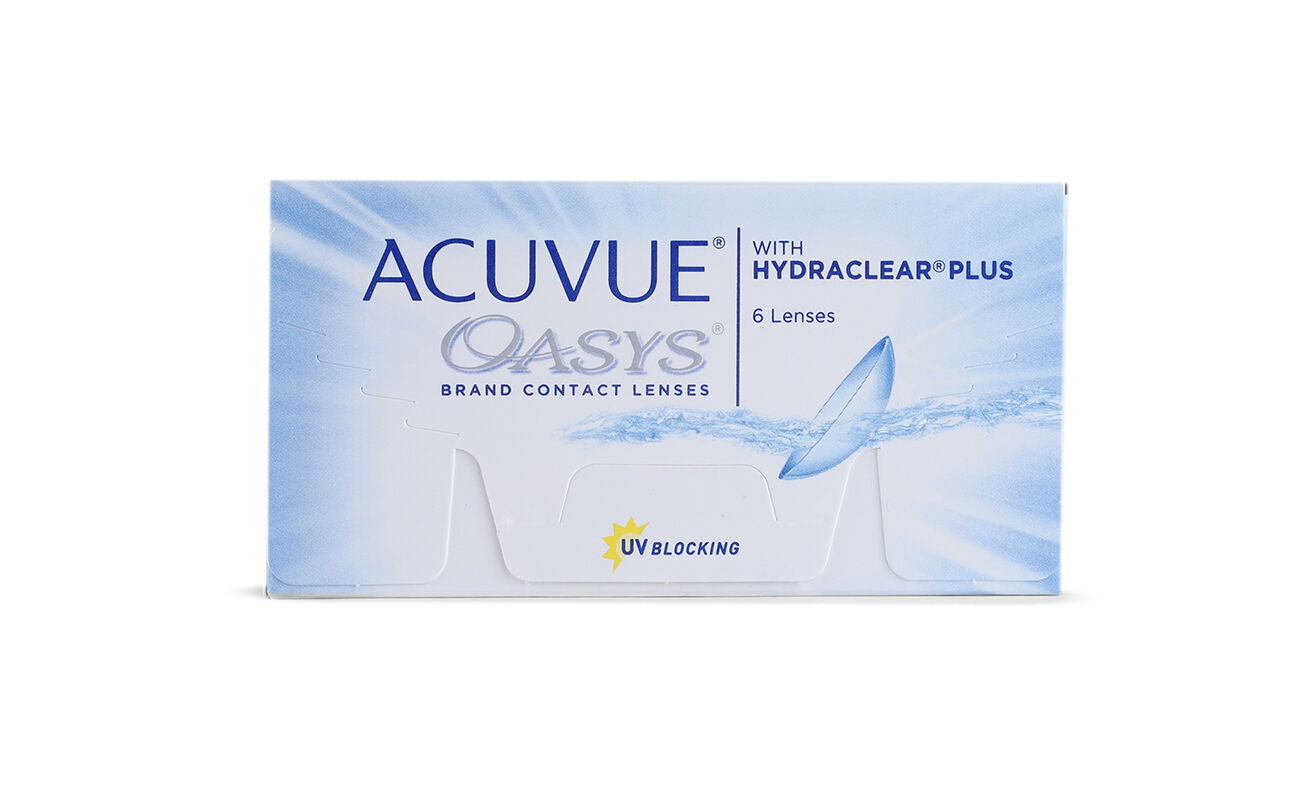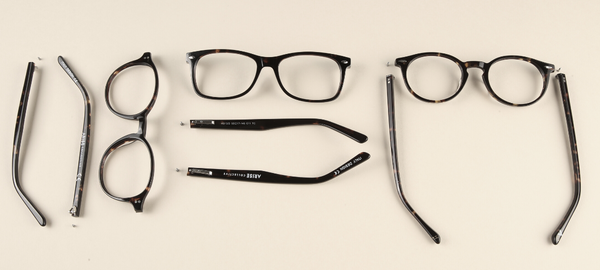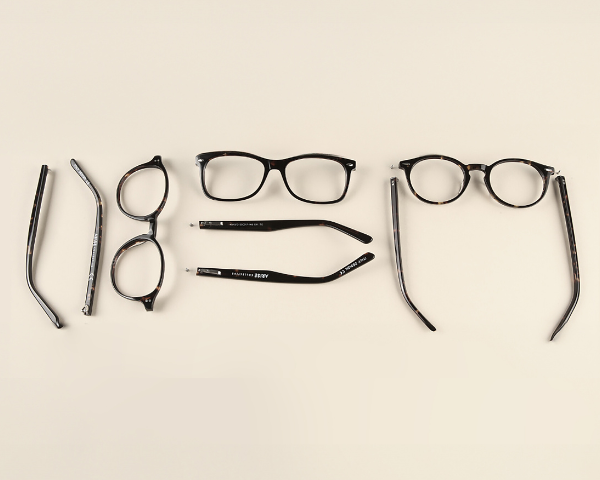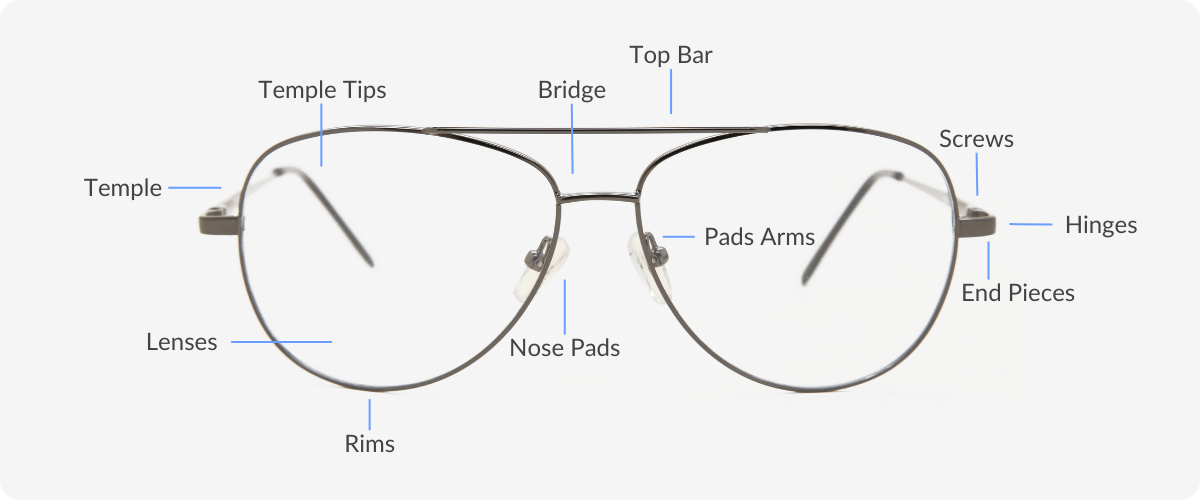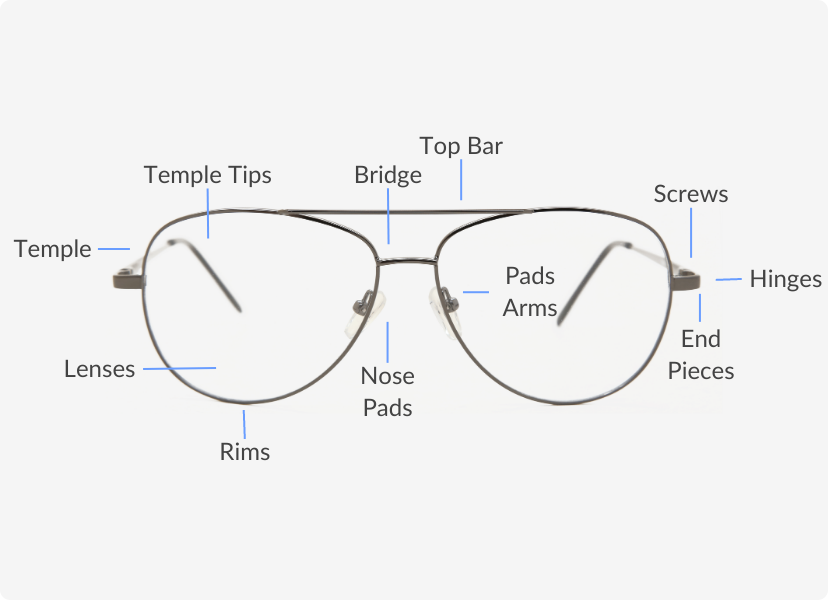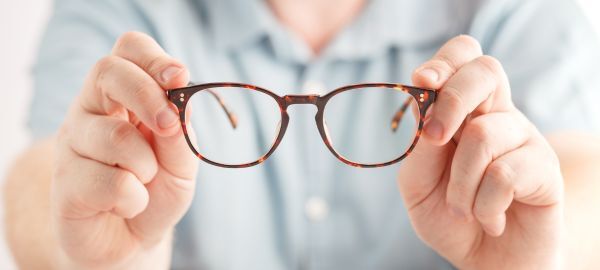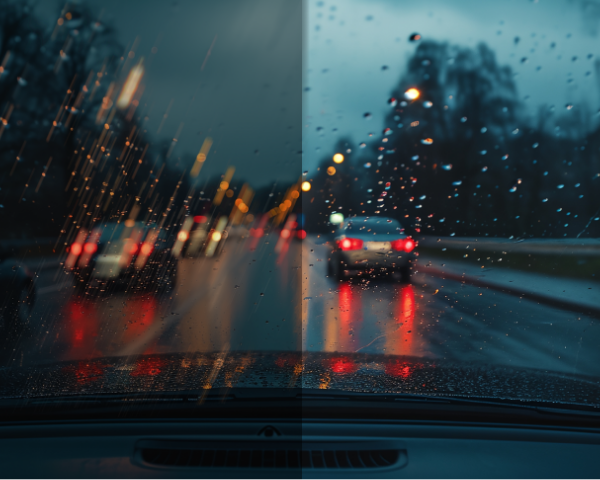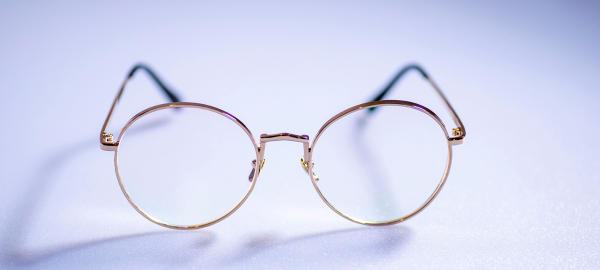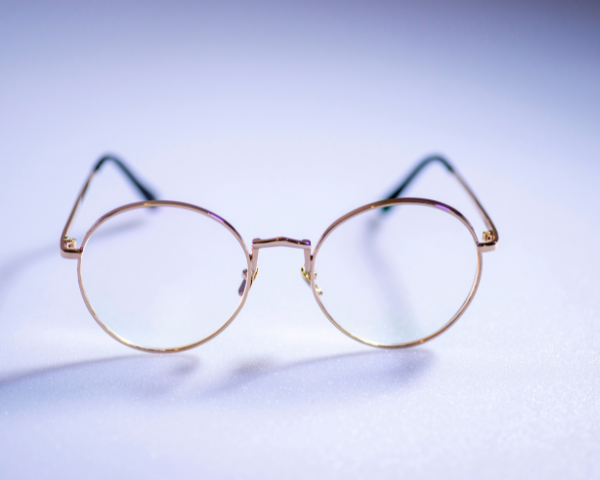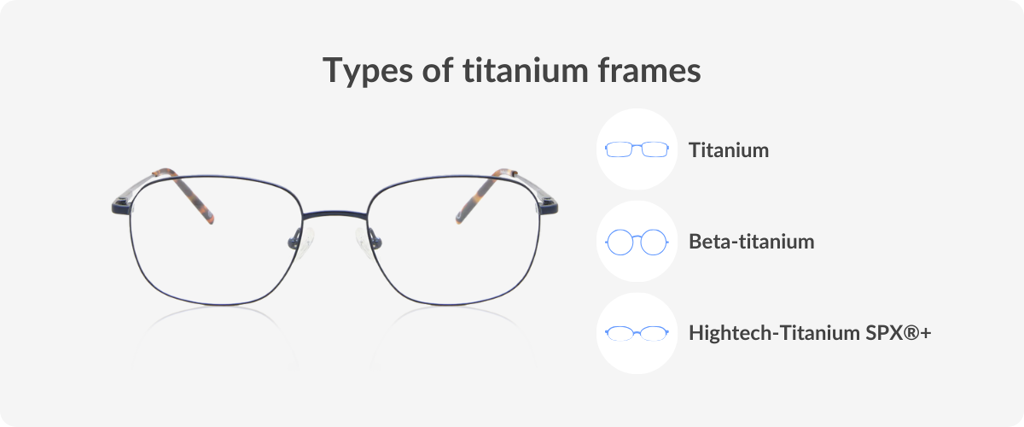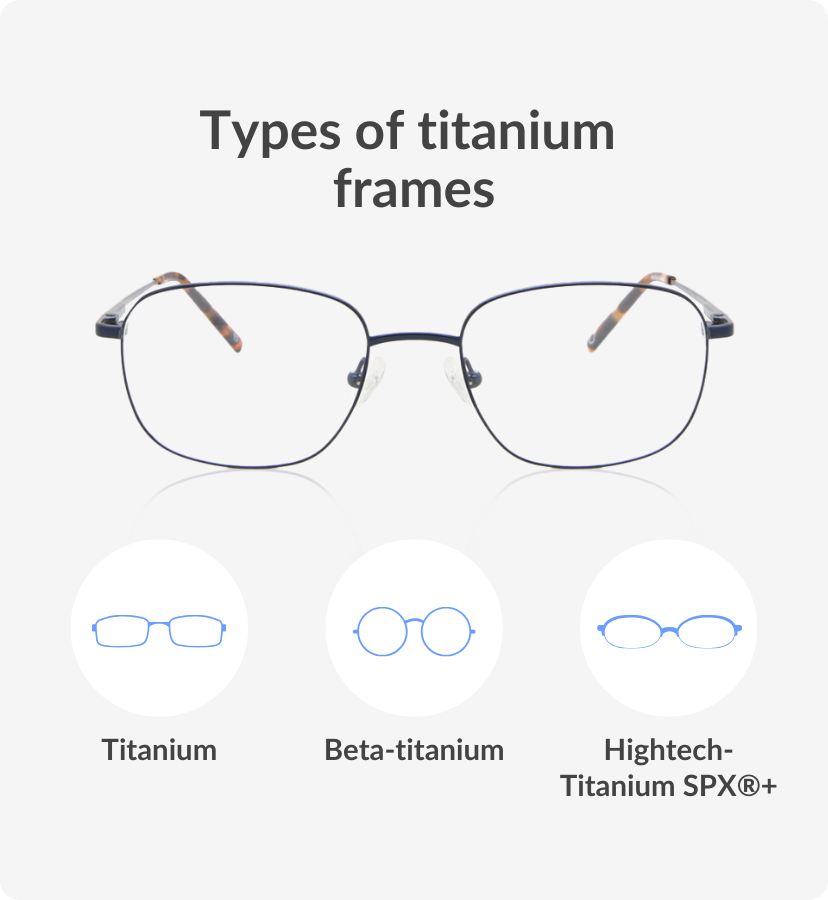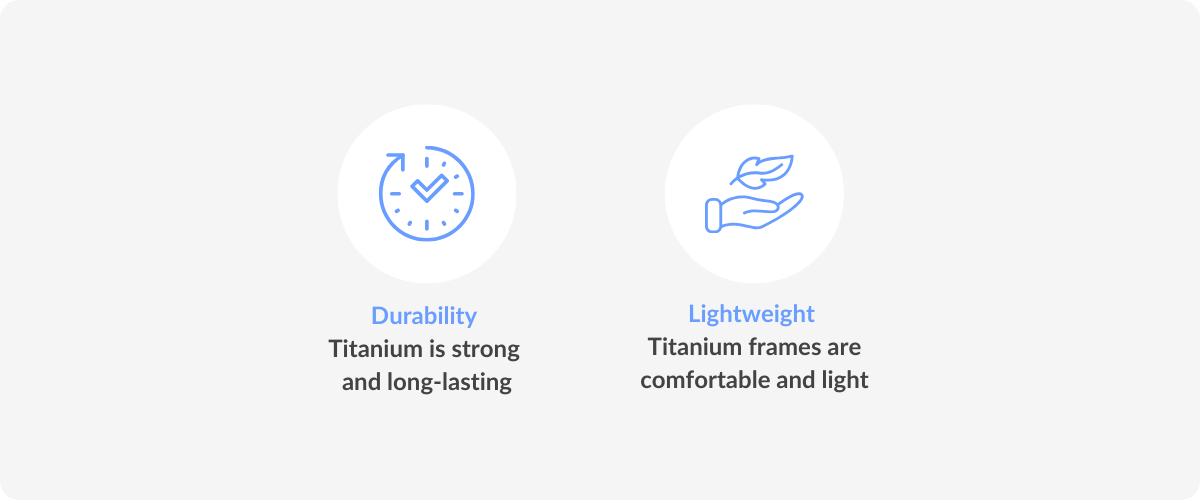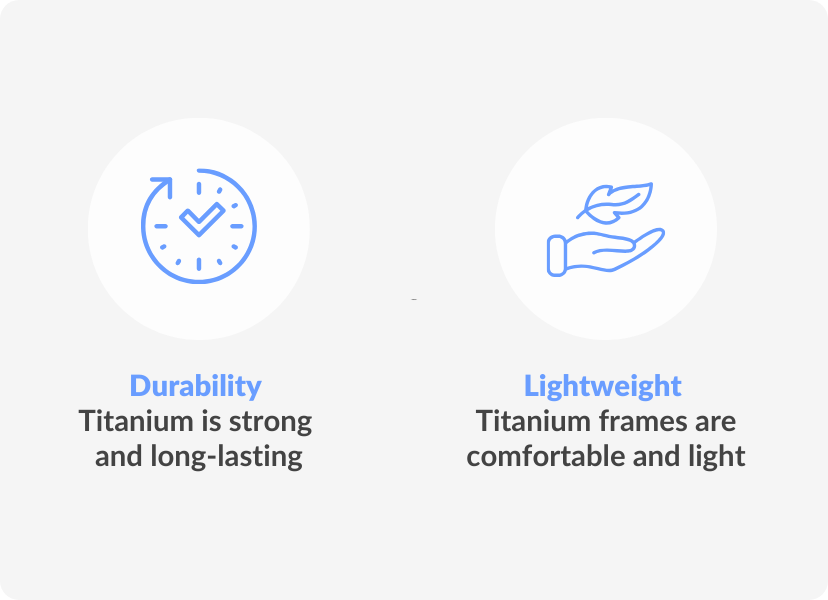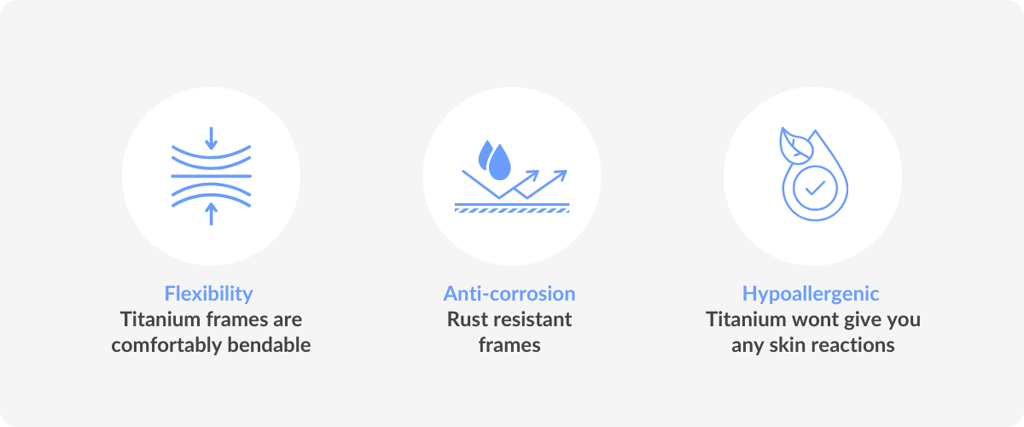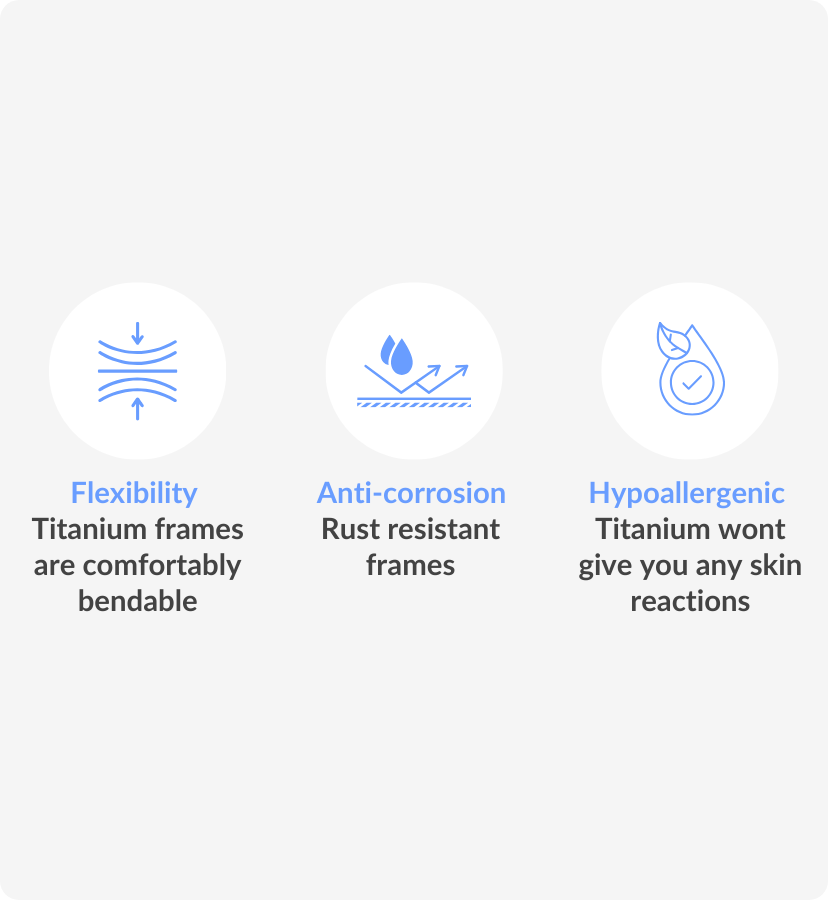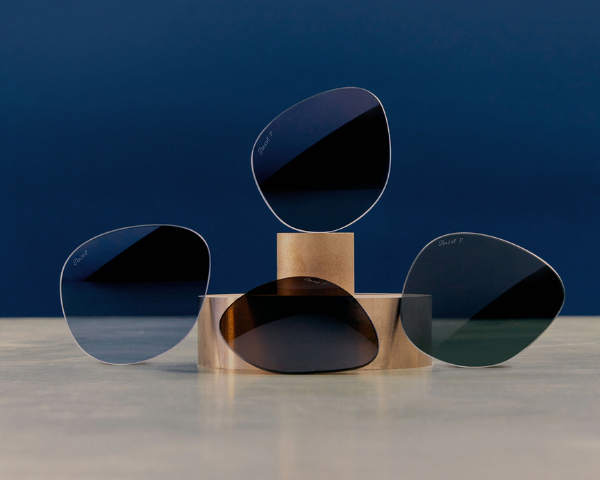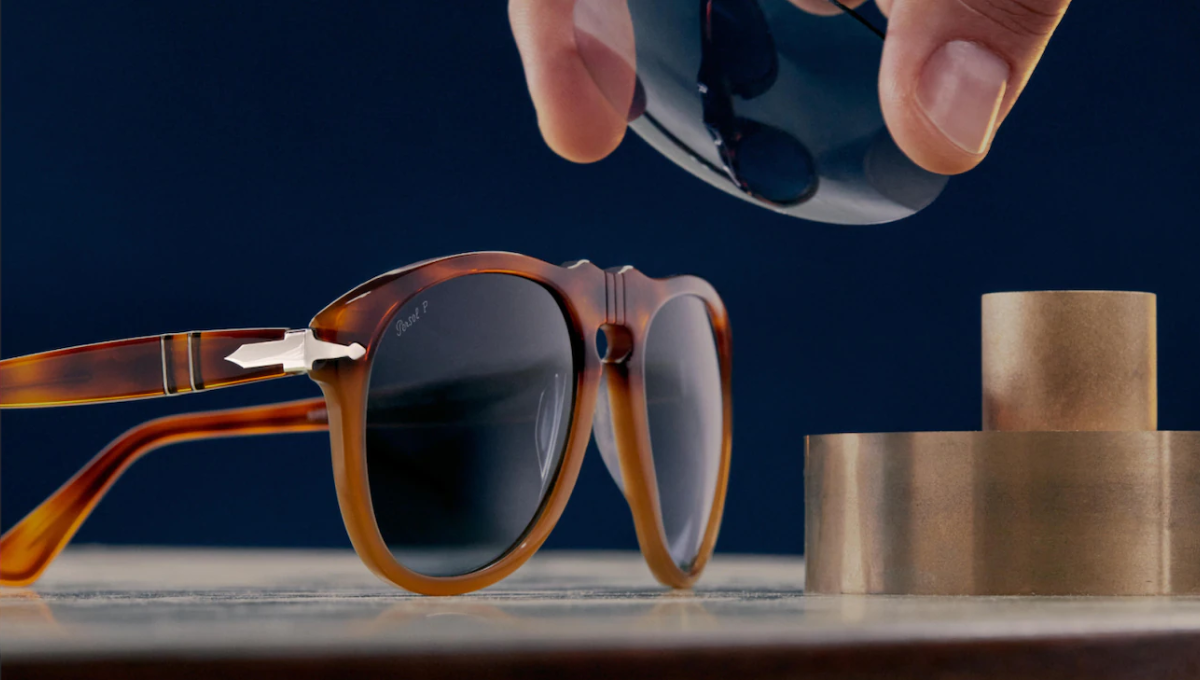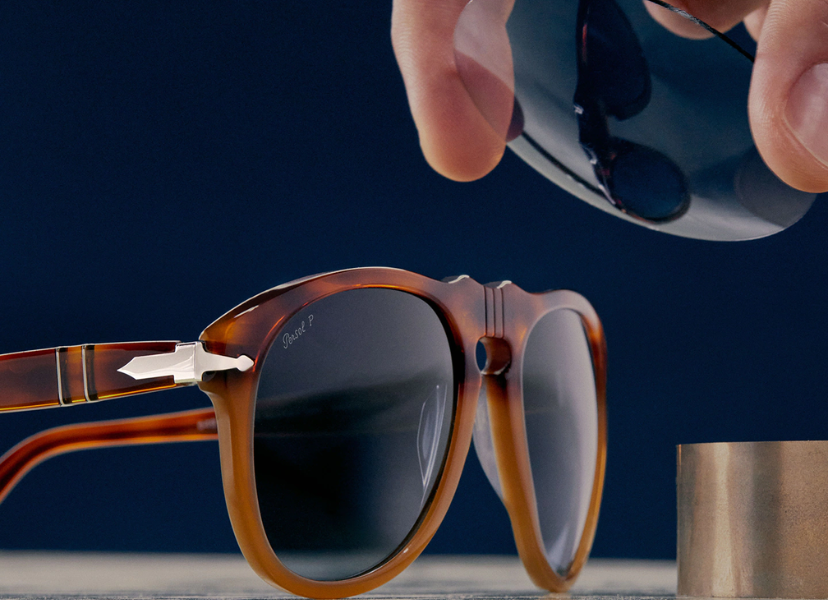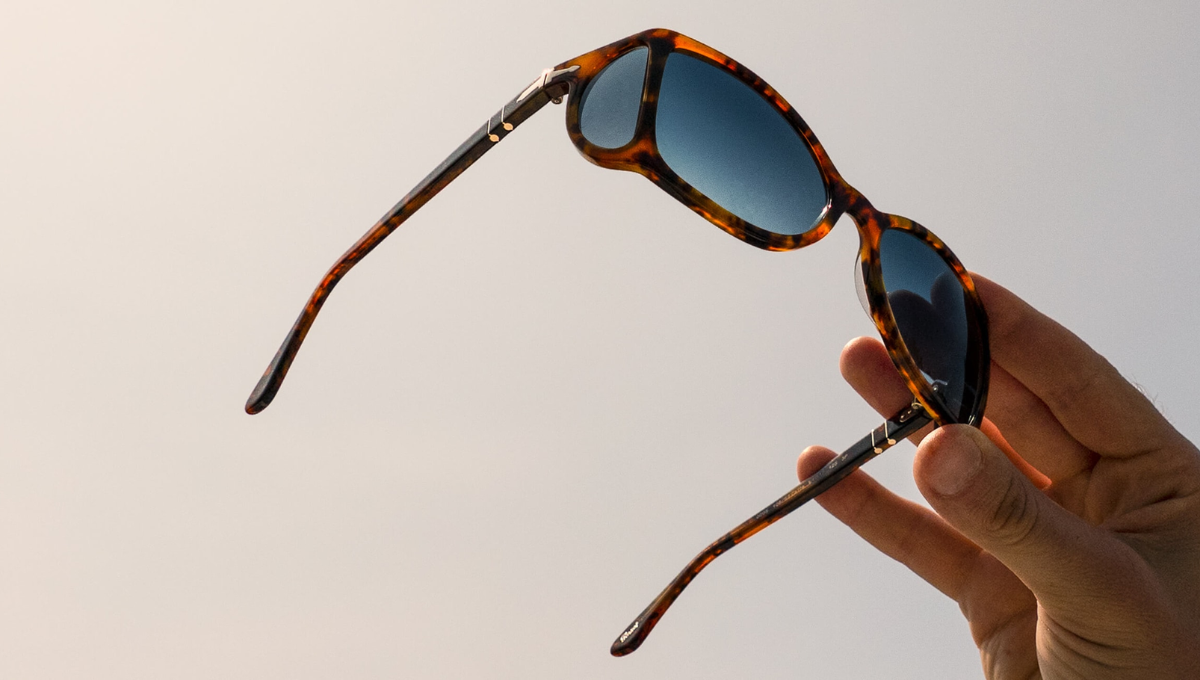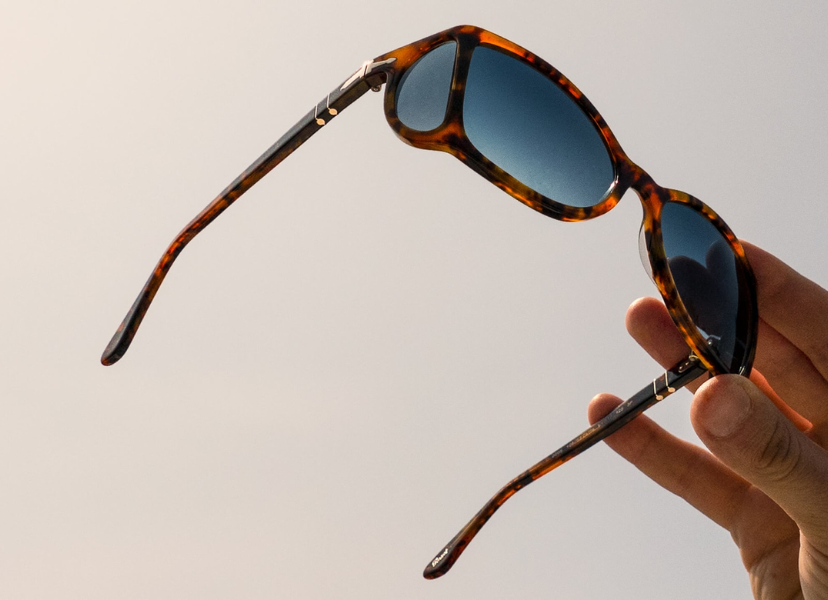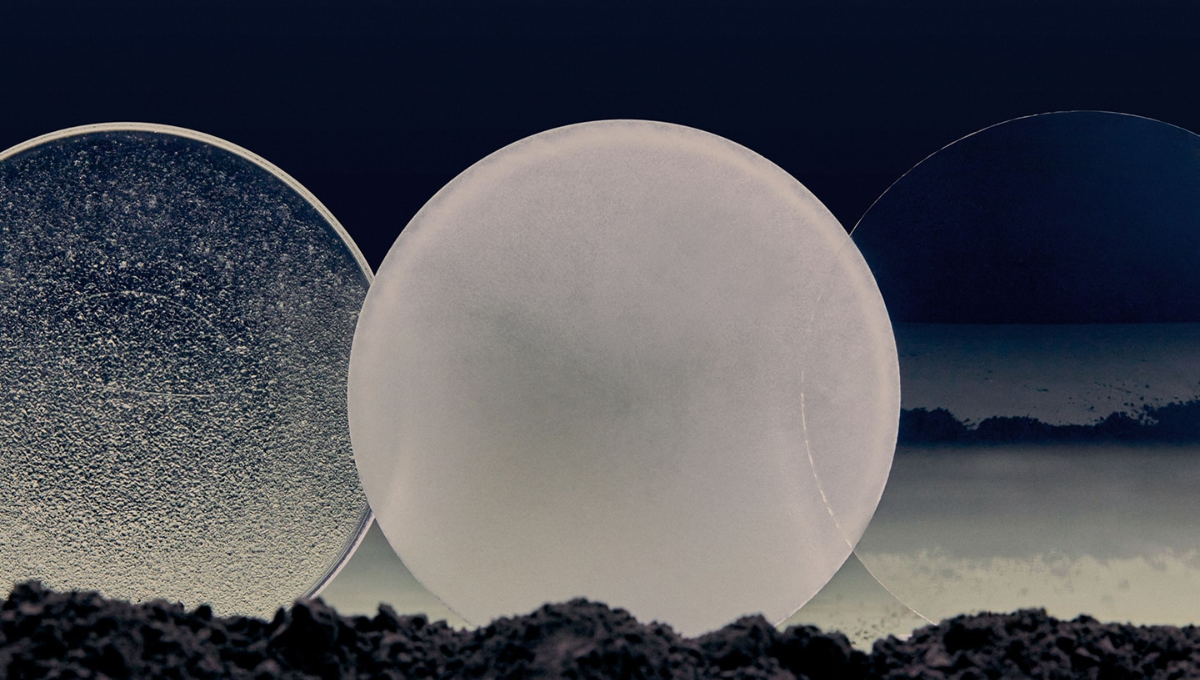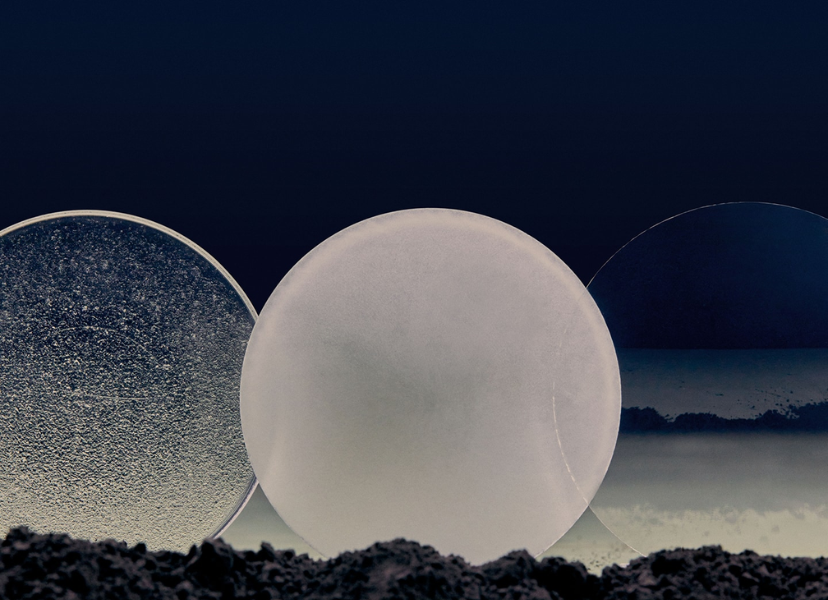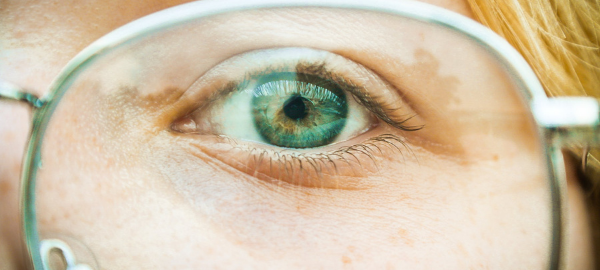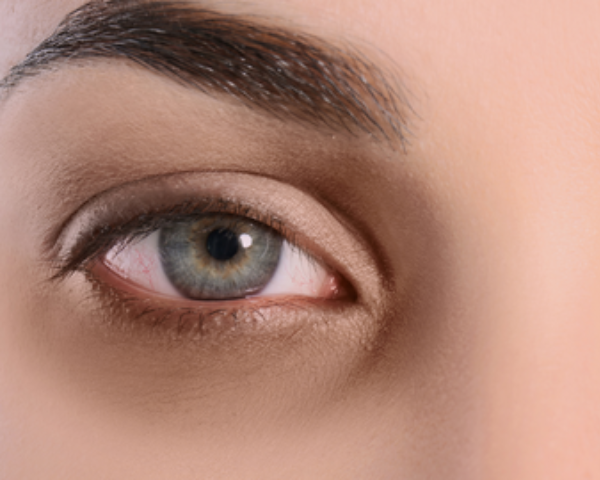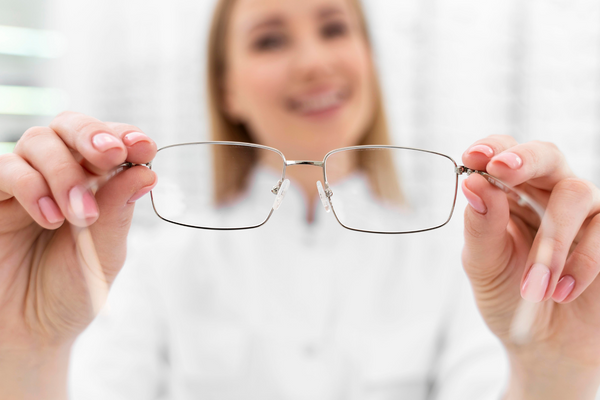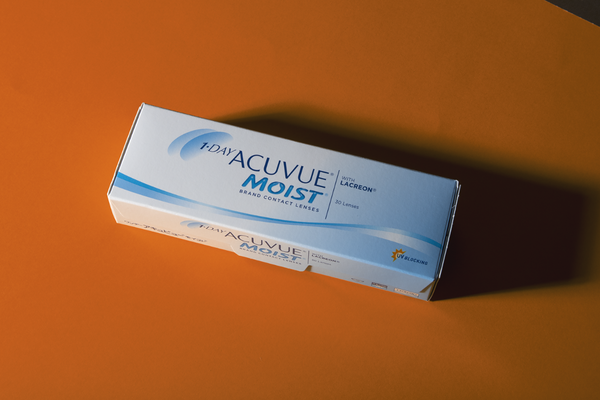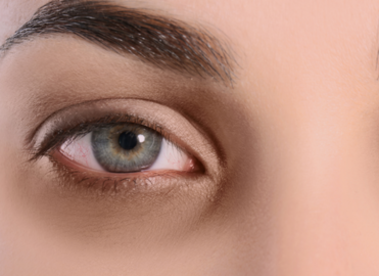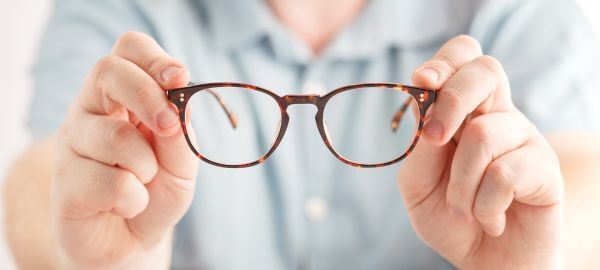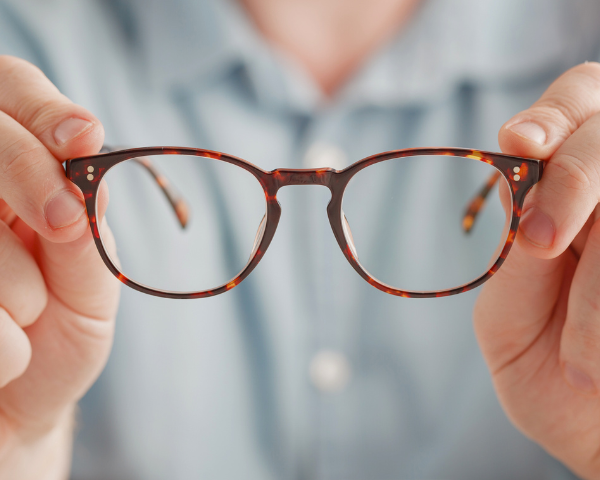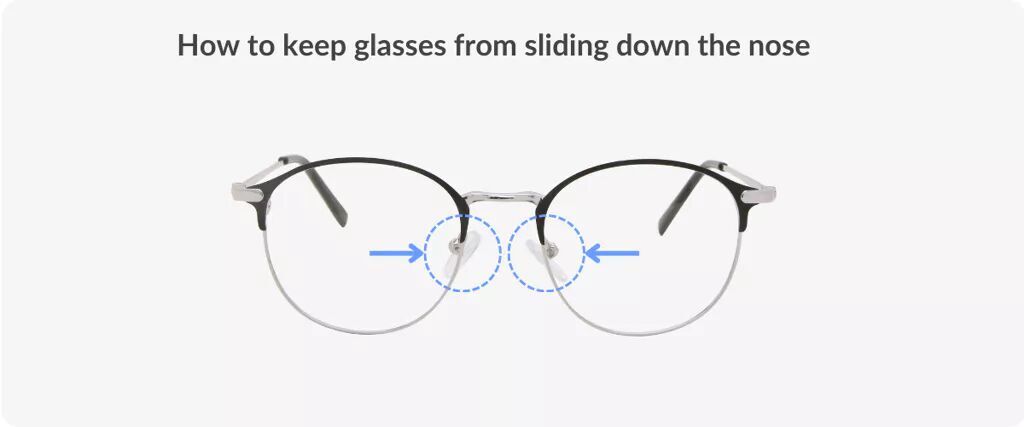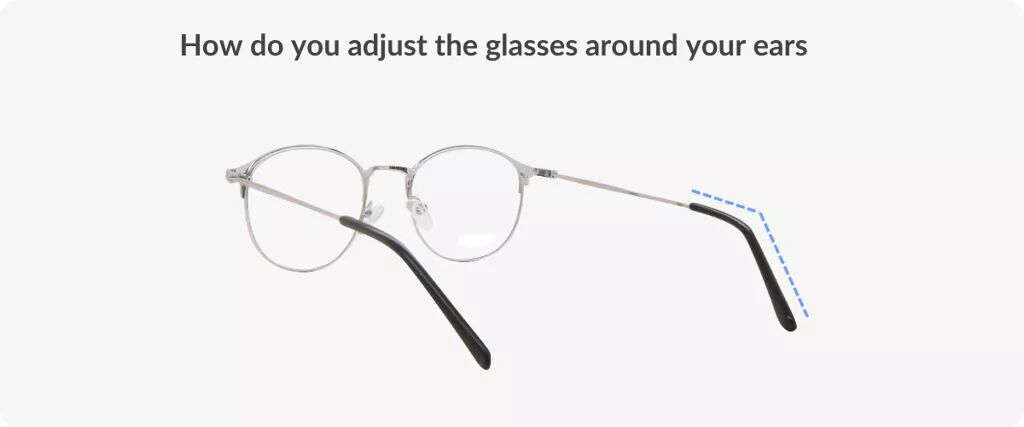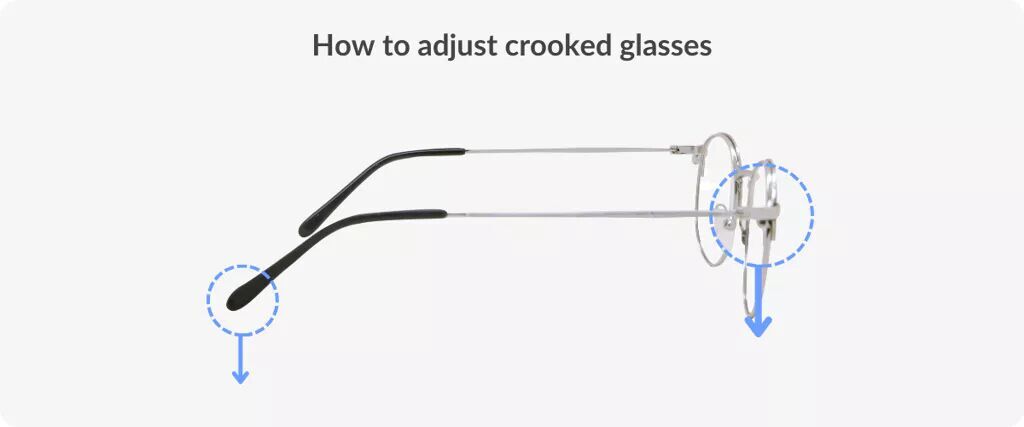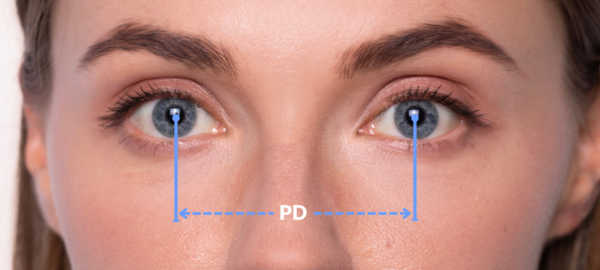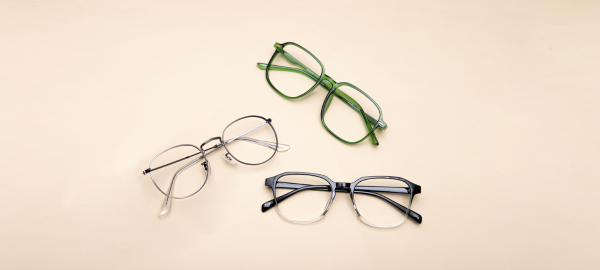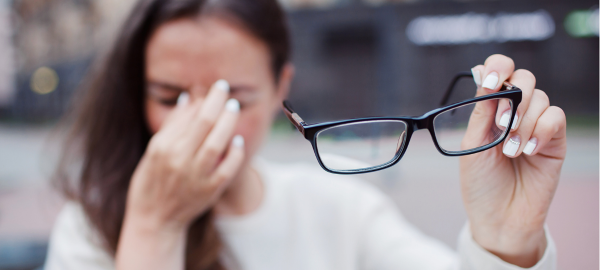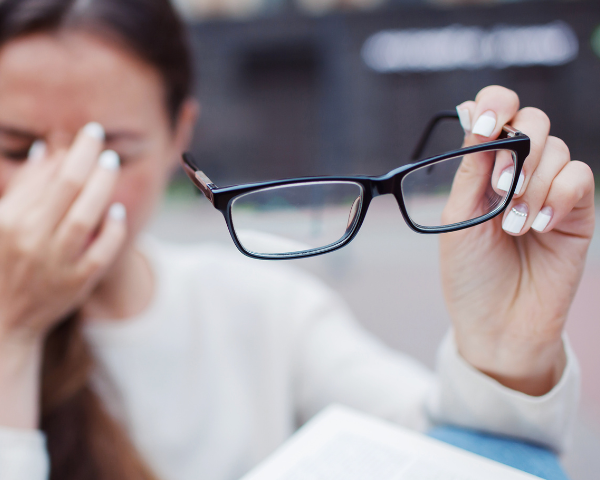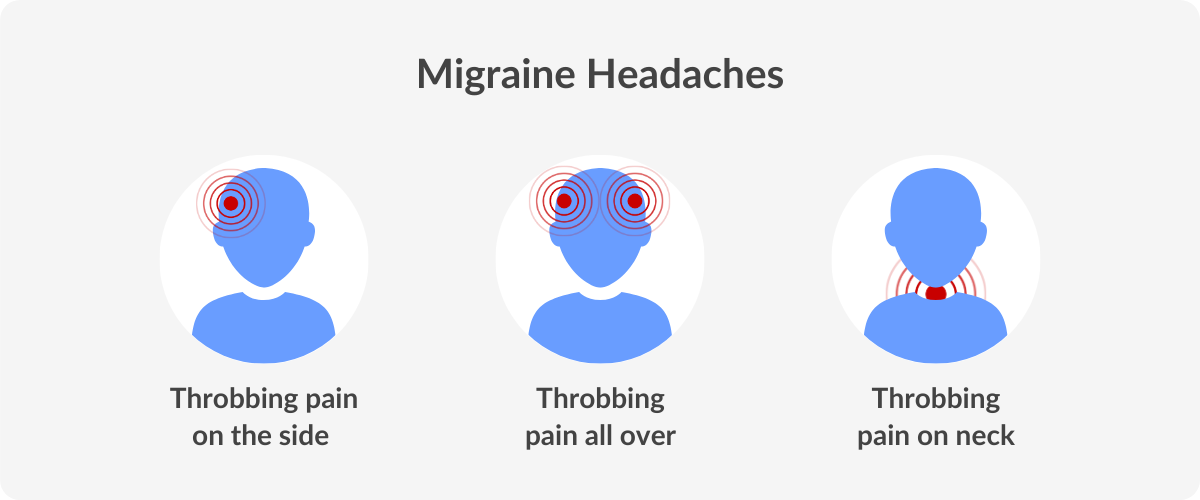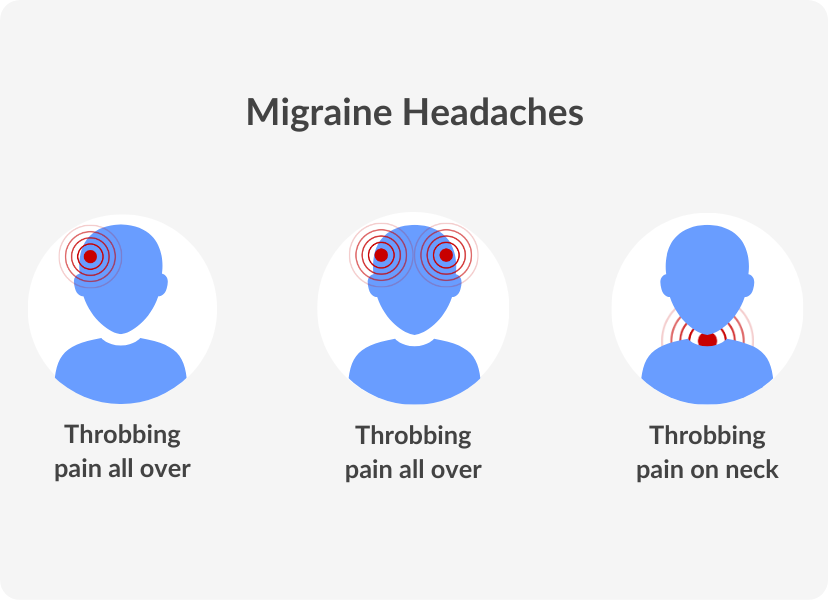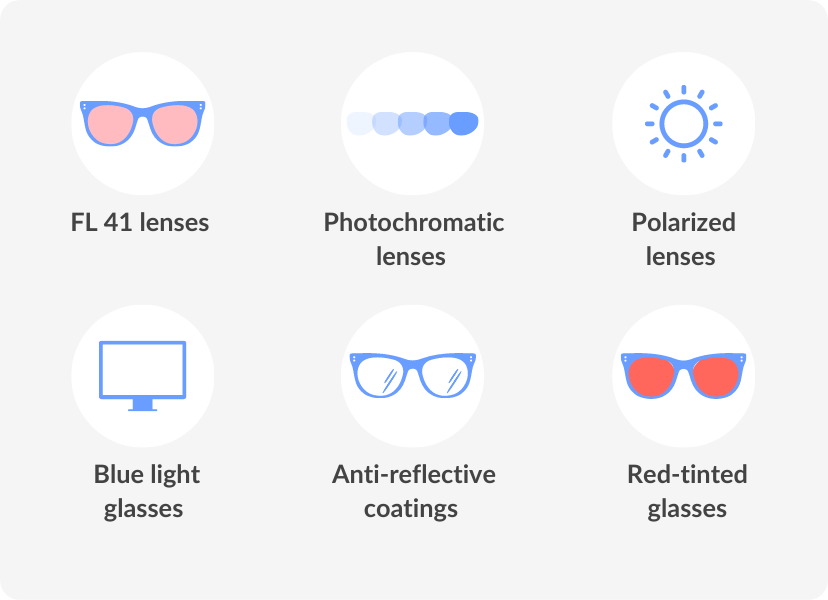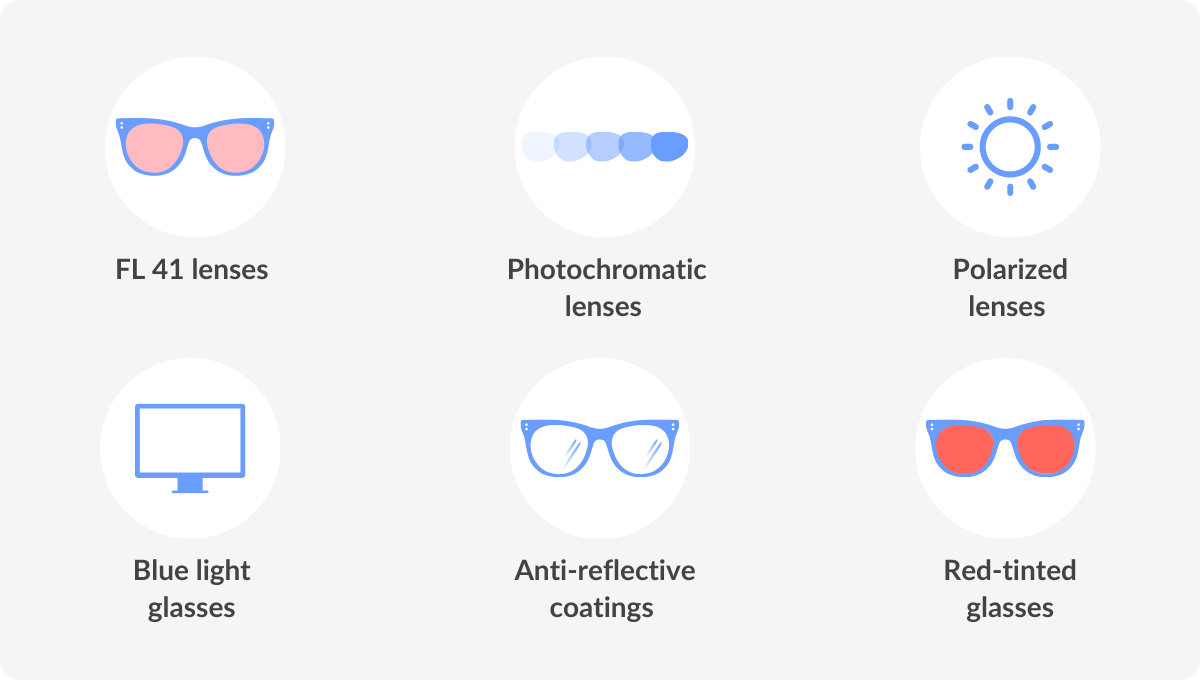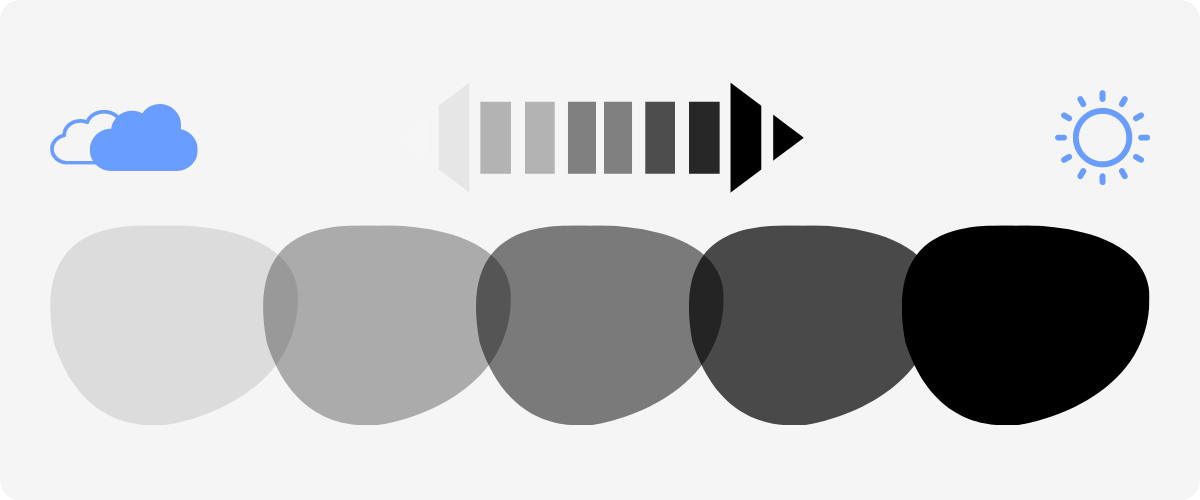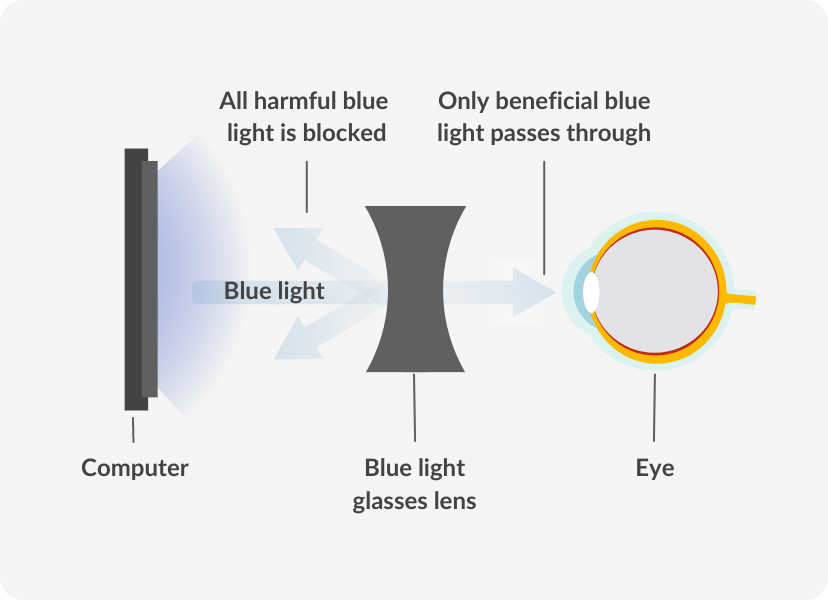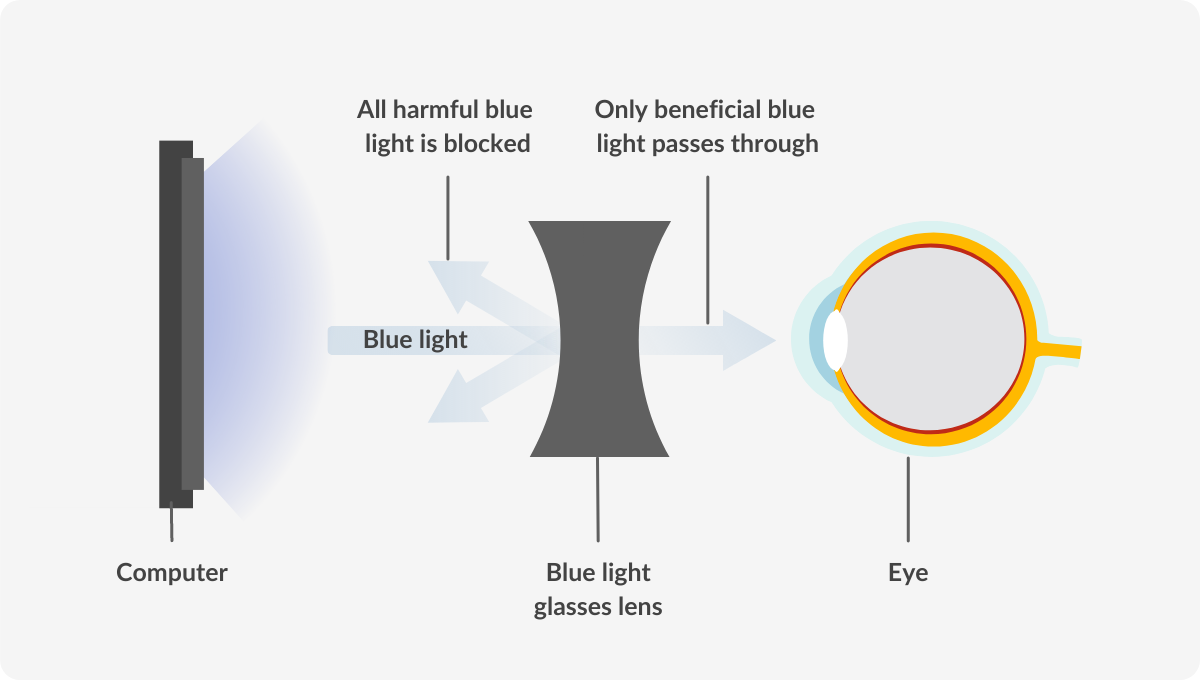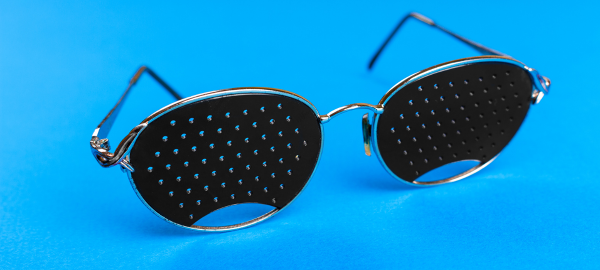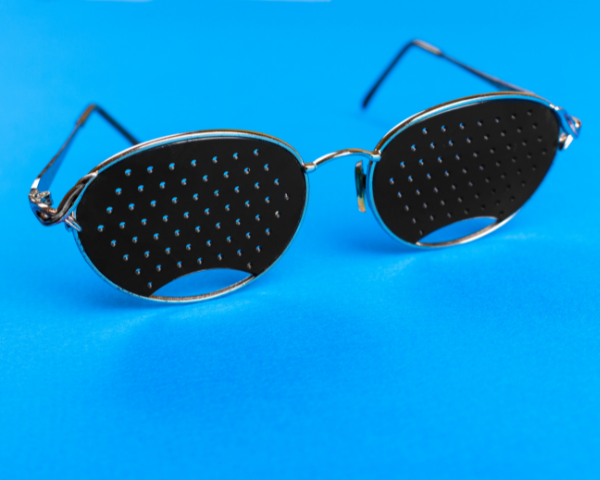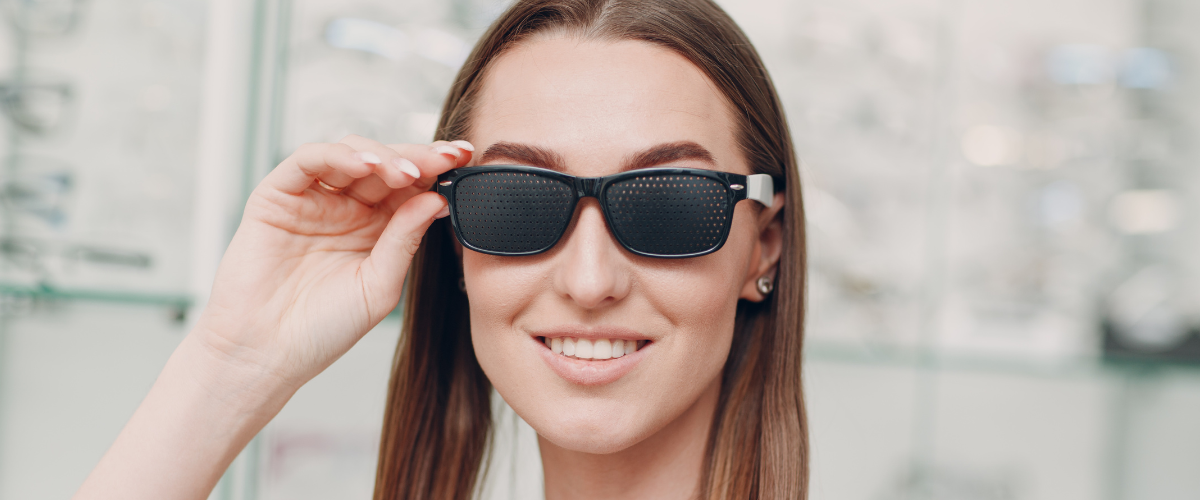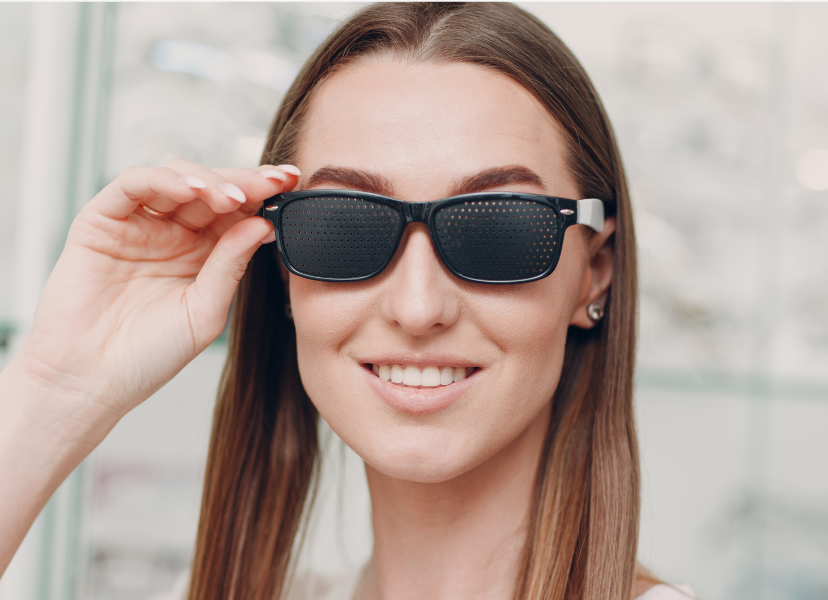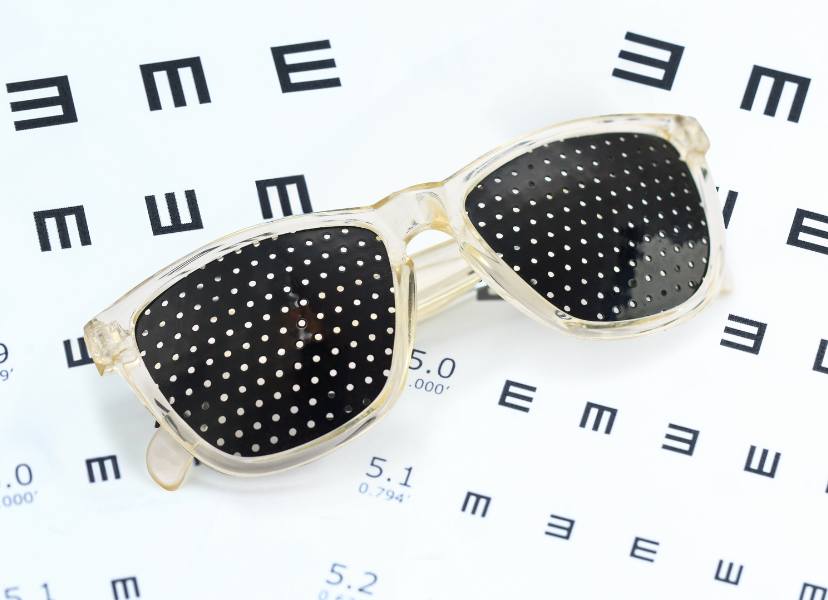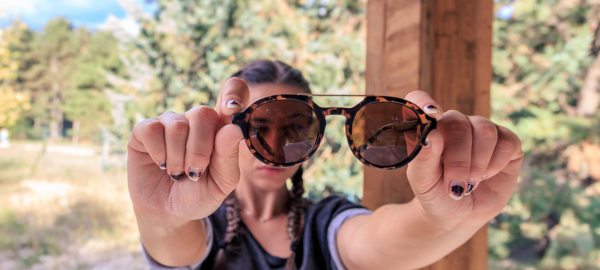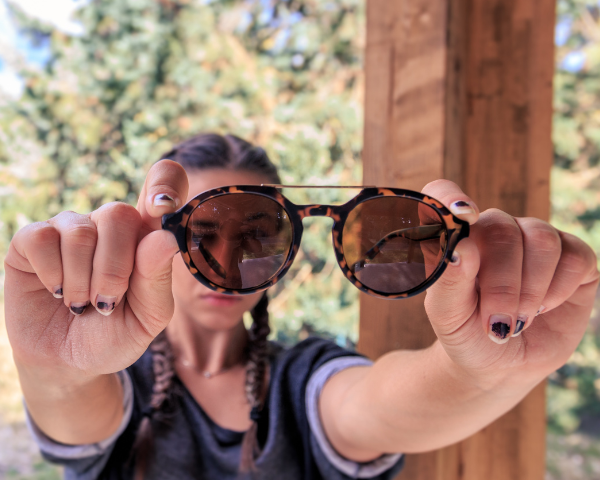

Harry Styles’ Sunglasses Inspo You Need for Summer

Aurora Gould
Aurora is a Digital Marketing Specialist for SmartBuyGlasses. She’s enthusiastic about supporting the marketing efforts across multiple channels. Her goal is to create riveting content that is also educational by bringing to you all the latest eyewear trends.
Let’s combine your passion for music and fashion with one-of-a-kind Harry Styles’ sunglasses inspo to enjoy the highly-anticipated release of his new album on May 20!
With summer around the corner, it’s time to upgrade your look with funky sunnies or trendy, full coverage eyewear to smile or let your emotions loose as you sing along to Harry Styles’ new songs.
Let’s pay homage to some of Harry Style’s iconic outfits and heart-touching songs through outstanding eyewear.
Watermelon, Summer & Gucci
Who doesn’t love a refreshing poolside moment with a glass of lemonade and a juicy slice of watermelon? Even if it’s by your inflatable pool in the garden, you can live life like you’re at a 5-star resort.
Watermelon Sugar is a chill summer vibe that you can enjoy all season long with these Gucci GG0875S 003 transparent burgundy frames. The oversized sunglasses are never too big if you want to rock a casual yet sophisticated style.
Want to find a blue pair like Harry Styles’ sunglasses in the music video? Explore a range of blue frames and use our Virtual Try-On tool to have fun trying them on!
So be extra as you pair your red swimsuit, and red Gucci sunnies and get ready for a watermelon sugar high.
You’re so Golden
Get your yellow hats and white shirts ready! And what better way to combine your funky look than with a pair of easy-going Tom Ford MACKENZIE-02?
The gold frames are delicate and don’t overpower your face. Pilot sunglasses are an excellent pair for oval and heart face shapes since they complement and smoothen your facial features.
Don’t be scared to jump into a convertible and drive through beautiful landscapes with your new trendy sunnies.
As it Was With Retro Styles
You can find what you love even with classic frames, thanks to various frame designs. And retro cat-eye sunglasses are a timeless style anyone can rock year after year.
Our stylish and unique LMNT collection offers you this pair of LMNT Slade C3 in a classic tortoiseshell frame that any face shape can style.
LMNT Slade is perfect for a casual or formal occasion and, for sure, a fabulous pair to match one of Harry Style’s best outfits.
Love & Adore You
You can walk through paradise with your strawberry lipstick and this pair of Guess GF 6116 66B. This unisex eyewear is a great pair to shield your eyes from the sun with quality UV protection, whether on a dock or at the beach.
You can now match Harry Styles’ heart glasses with the Guess heart shape frame to get ready for a dance party with friends or to go to his upcoming concert!
Turn heads and get people to lose themselves in your new trendy sunnies.
Cover Up the Happy Tears
Only time will tell, but we’ve got the perfect pair to help cover up your watery eyes when listening to Sign of the Times.
Mr. Boho has a range of stylish and durable prescription sunglasses that stand the test of time! Our sunglasses inspiration from one of Harry Styles’ best looks is this pair of Mr. Boho Arroios ALG1-08!
The oval frame would look great on an angular face shape, such as square faces, and can be styled with vintage outfits and a long blue coat.
You’ve just got to give it a try!
New Look for the New Album
Playlist, headphones, and tissues ready! We’re all set to sing along to Harry Styles’ songs with fashionable sunglasses!
Find your new everyday eyewear for less, wear them and match your favourite Harry Styles sunglasses inspo with SmartBuyGlasses.
Our fast shipping will get you ready to groove with a few simple clicks. Listening to Harry Styles will never be As it Was before with your new style.
What frames will you choose? Follow us @smartbuyglasses & tag us in your favourite look!
Harry Styles’ Sunglasses Inspo You Need for Summer

Aurora Gould
Aurora is a Digital Marketing Specialist for SmartBuyGlasses. She’s enthusiastic about supporting the marketing efforts across multiple channels. Her goal is to create riveting content that is also educational by bringing to you all the latest eyewear trends.
Let’s combine your passion for music and fashion with one-of-a-kind Harry Styles’ sunglasses inspo to enjoy the highly-anticipated release of his new album on May 20!
With summer around the corner, it’s time to upgrade your look with funky sunnies or trendy, full coverage eyewear to smile or let your emotions loose as you sing along to Harry Styles’ new songs.
Let’s pay homage to some of Harry Style’s iconic outfits and heart-touching songs through outstanding eyewear.
Watermelons, Summer & Gucci
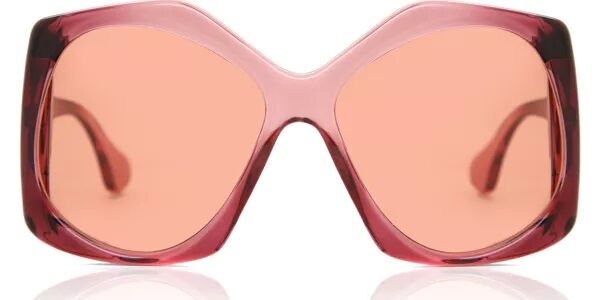
Who doesn’t love a refreshing poolside moment with a glass of lemonade and a juicy slice of watermelon? Even if it’s by your inflatable pool in the garden, you can live life like you’re at a 5-star resort.
Watermelon Sugar is a chill summer vibe that you can enjoy all season long with these Gucci GG0875S 003 transparent burgundy frames. The oversized sunglasses are never too big if you want to rock a casual yet sophisticated style.
Want to find a blue pair like Harry Styles’ sunglasses in the music video? Explore a range of blue frames and use our Virtual Try-On tool to have fun trying them on!
So be extra as you pair your red swimsuit, and red Gucci sunnies and get ready for a watermelon sugar high.
You’re so Golden
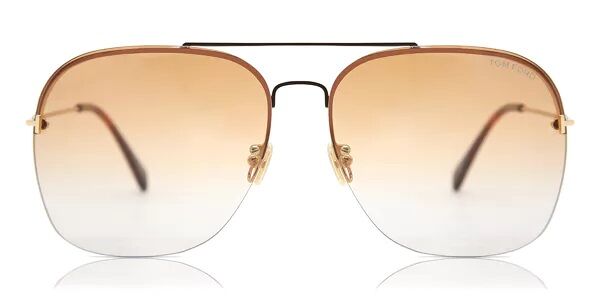
Get your yellow hats and white shirts ready! And what better way to combine your funky look than with a pair of easy-going Tom Ford MACKENZIE-02?
The gold frames are delicate and don’t overpower your face. Pilot sunglasses are an excellent pair for oval and heart face shapes since they complement and smoothen your facial features.
Don’t be scared to jump into a convertible and drive through beautiful landscapes with your new trendy sunnies.
As it Was With Retro Styles
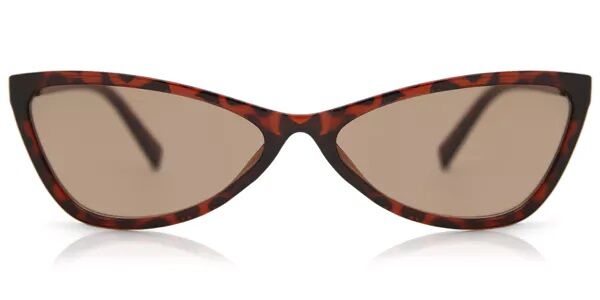
You can find what you love even with classic frames, thanks to various frame designs. And retro cat-eye sunglasses are a timeless style anyone can rock year after year.
Our stylish and unique LMNT collection offers you this pair of LMNT Slade C3 in a classic tortoiseshell frame that any face shape can style.
LMNT Slade is perfect for a casual or formal occasion and, for sure, a fabulous pair to match one of Harry Style’s best outfits.
Love & Adore You
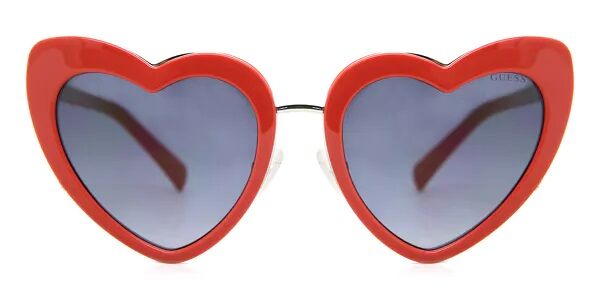
You can walk through paradise with your strawberry lipstick and this pair of Guess GF 6116 66B. This unisex eyewear is a great pair to shield your eyes from the sun with quality UV protection, whether on a dock or at the beach.
You can now match Harry Styles’ heart glasses with the Guess heart shape frame to get ready for a dance party with friends or to go to his upcoming concert!
Turn heads and get people to lose themselves in your new trendy sunnies.
Cover Up the Happy Tears
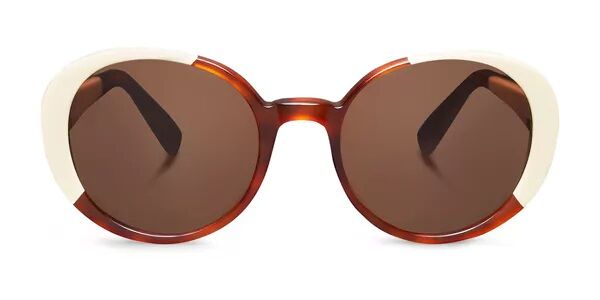
Only time will tell, but we’ve got the perfect pair to help cover up your watery eyes when listening to Sign of the Times.
Mr. Boho has a range of stylish and durable prescription sunglasses that stand the test of time! Our sunglasses inspiration from one of Harry Styles’ best looks is this pair of Mr. Boho Arroios ALG1-08!
The oval frame would look great on an angular face shape, such as square faces, and can be styled with vintage outfits and a long blue coat.
You’ve just got to give it a try!
New Looks for the New Album
Playlist, headphones, and tissues ready! We’re all set to sing along to Harry Styles’ songs with fashionable sunglasses!
Find your new everyday eyewear for less, wear them and match your favourite Harry Styles sunglasses inspo with SmartBuyGlasses.
Our fast shipping will get you ready to groove with a few simple clicks. Listening to Harry Styles will never be As it Was before with your new style.
What frames will you choose? Follow us @smartbuyglasses & tag us in your favourite look!





































